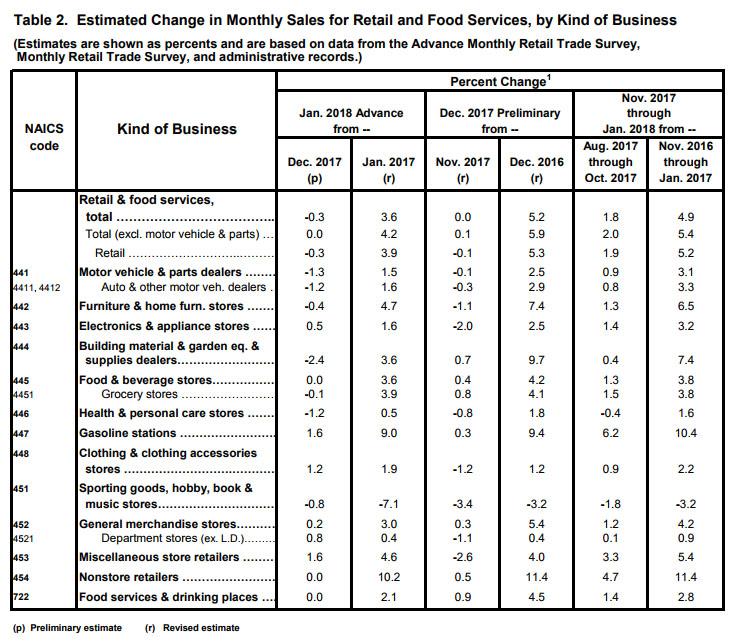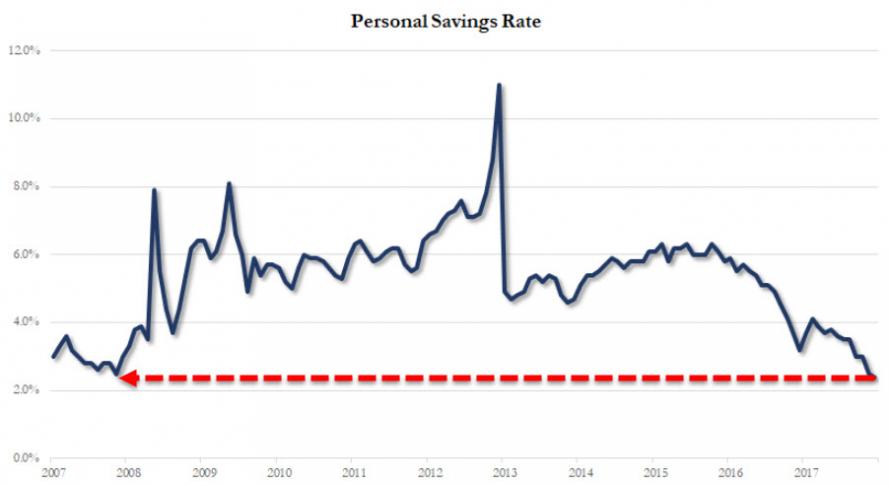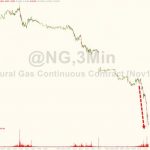Lost in the chaos surrounding the blistering January inflation print, i.e. the market’s worst-case scenario which sent yields and the dollar soaring, and futures tumbling, was a just as troubling indication that the US consumer has officially tapped out, after January retail sales dropped by -0.2%, badly missing expectations of a 0.3% increase and the biggest decline since February 2017.

In dollar terms, retail sales fell to $492.003BN in January vs $493.3BN in December.
Stripping away volatile auto sales did not improve the situation, with retail sales ex-autos unchanged, far below the 0.5% expected.
Also unchanged were retail sales ex-auto dealers, building materials and gasoline stations, as well as the retail sales “control group” which excludes food services, automobile dealers, building materials and gasoline stations and which directly feeds into GDP, will send Q1 GDP forecasts lower relative to baseline expectations.
Looking at the breakdown of retail sales categories, 6 out of 13 categories rose vs 12 last January. Notably, non-store retailers, i.e. internet sellers, were unchanged in January: the first time this series has not grown M/M in years.

But what is most troubling is that this sharp decline in retail sales takes place just as inflation is spiking, confirming that this could be the start of another dreaded stagflationary episode in which retail sales and CPI diverge to the point where they drag the economy into a recession.

But the worst news: the US consumer is now tapped out, with personal savings just shy of all-time lows.

Which means any further increases in spending will be reliant entirely on rising credit card usage, which in a time of rising rates and surging APRs, is virtually certainly not to happen.












Leave A Comment